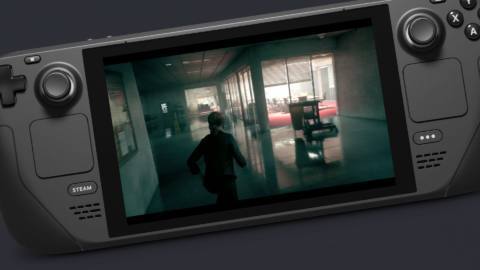
Valve’s Steam Deck is a highly capable piece of kit, often reaching parity with last-gen consoles at ~720p, while more demanding current-gen efforts can prove quite playable as well – even including some of the top-end Unreal Engine 5 titles. The RDNA2 graphics hardware inside the Deck is even capable of ray tracing, though this support has largely been dormant in SteamOS. That’s started to change over the last year, with first Vulkan and then DXR-enabled titles running under Proton with RT enabled – and RT performance has seen big boosts as well.
Today we’re taking a look at the state of play when it comes to RT on Steam Deck, looking at some of the best-looking PC titles to see whether they can be playable with RT engaged. Can we get good frame-rates even with demanding ray tracing settings? And how does the Valve’s handheld compare in performance terms against the more powerful ROG Ally?
The most obvious place to start is with the Steam Deck is some of the easier ray tracing workloads available – and I think Doom Eternal is a good first choice. The game runs well with minimal settings tweakery: 720p resolution, medium settings and RT toggled on. Relative to the non-RT version of the game, we get solid (if somewhat low-res and slightly ghostly) reflections on glossy surfaces, with very different material properties when RT is enabled. This makes for a transformative difference in scenes with glossy materials, though an aggressive roughness cutoff means that semi-gloss materials are largely bereft of RT treatment.






